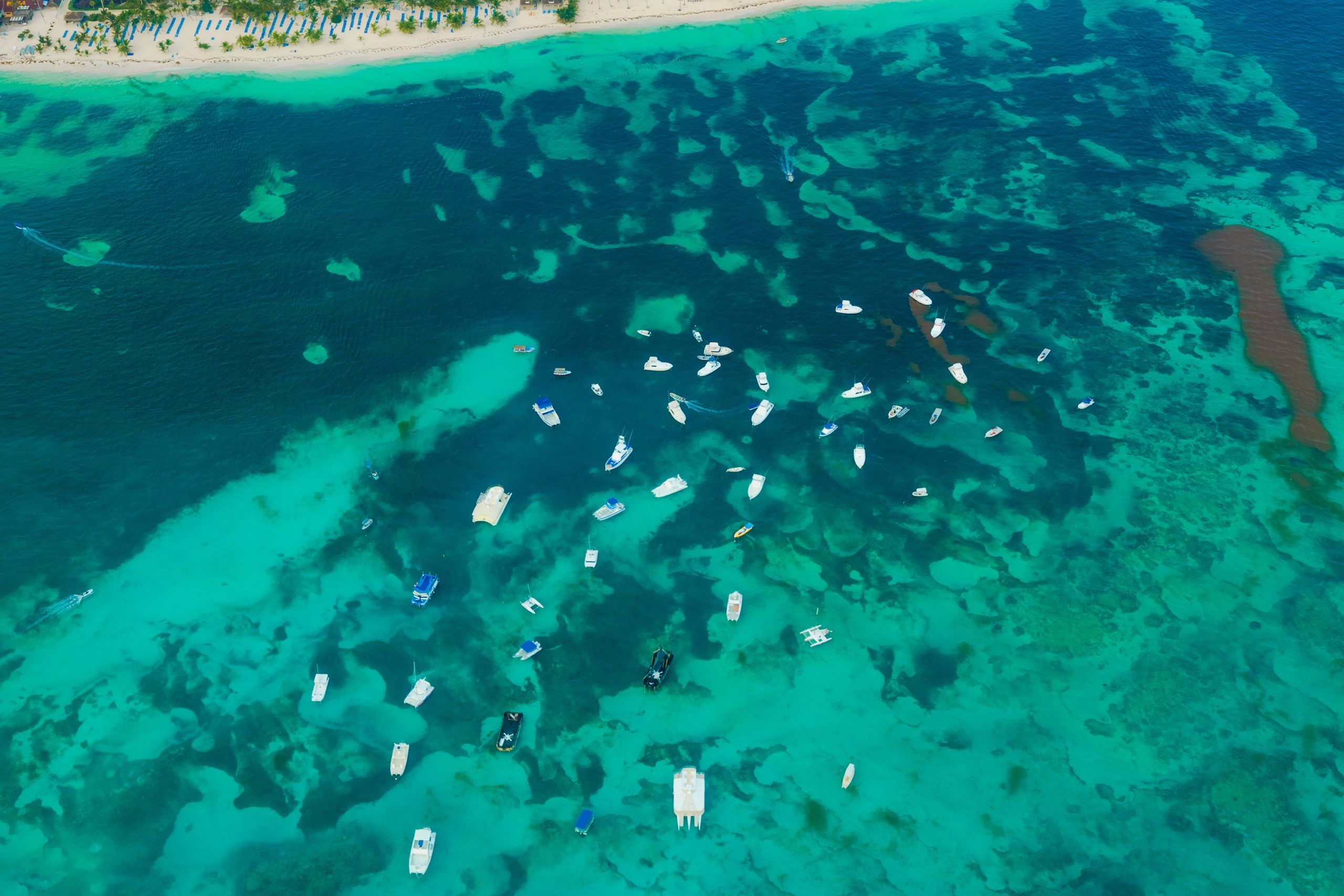Dominican Republic

The Dominican Republic rates as the favourite Caribbean destination of many seasoned travellers, sharing the sizeable island of Hispaniola with Haiti to the west. Crystal clear, calm waters lap onto beautiful sandy beaches fringed by palm trees. In these irresistible oases of calm, luxurious resorts ensure the delivery of cocktails, massages and sufficient shade while you languish in the warm embrace of the sun.
The lure of tropical golf is a powerful attraction, as is the world-class snorkelling and scuba diving. When you’re out and about exploring the colonial legacy left behind by the Spanish, every modern-day visitor is guaranteed a memorable welcome by the friendly Dominican locals.
On the south coast of the island you will find settlements large and small interspersed with stunning national parks. The capital, Santo Domingo, was the first Spanish settlement in the Americas. It was here that Christopher Columbus established his first New World settlement in 1496. His legacy is commemorated by a highly recommended colonial theme park, but its presence can be felt everywhere in the historic buildings preserved throughout the city.
In the north, renowned hotspots include the Amber Coast region around Puerta Plata and the beautiful Samana Peninsula, while smaller resorts dot the island’s eastern regions, each boasting their own pristine stretch of paradisiacal beach.
While some of the resorts offer all-inclusive breaks, anyone prepared to explore the island will be able to dip into a succession of private paradises – for not far off the beaten track there are countless isolated beaches where it really is possible to get away from it all.
Climate
The Dominican Republic is hot and tropical, offering little variation in temperature all year round. On average, the mercury will rise as high as 77 degrees Celsius (25 degrees Fahrenheit). What does change, however, is the amount of rainfall that can be expected. October to April sees the rainy season arrive on the north coast, while May to November sees the downpours in the south.
The most popular time to visit the island is in the least humid season between December and April (when many North Americans take a winter warmer break) and from June to September (as the Europeans arrive on their summer holidays).
Language
Spanish is the official language of the island, but in resorts you can expect most people to speak English.
Passport Visa
A passport valid for six months is required along with proof of ongoing journey.
There is no visa requirement for leisure travellers but tourist cards are issued when you arrive, easy to purchase either in advance or at the airport – they grant you a stay of 30 days with extensions possible. Business travellers usually require a visa. Please check the rules around visa requirements before you travel, as they may change regularly.
Safety
You should take normal precautions against petty crime, and be aware that hurricanes can occasionally hit the island between June and November.
Our Services
For all your high-end, bespoke leisure and corporate travel needs to contact our Travel Managers on 800 NEXA (6392). You can also contact us on info@nexatourism.com .